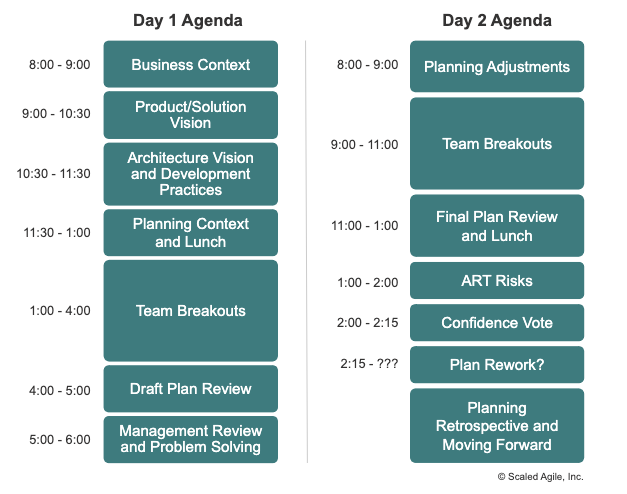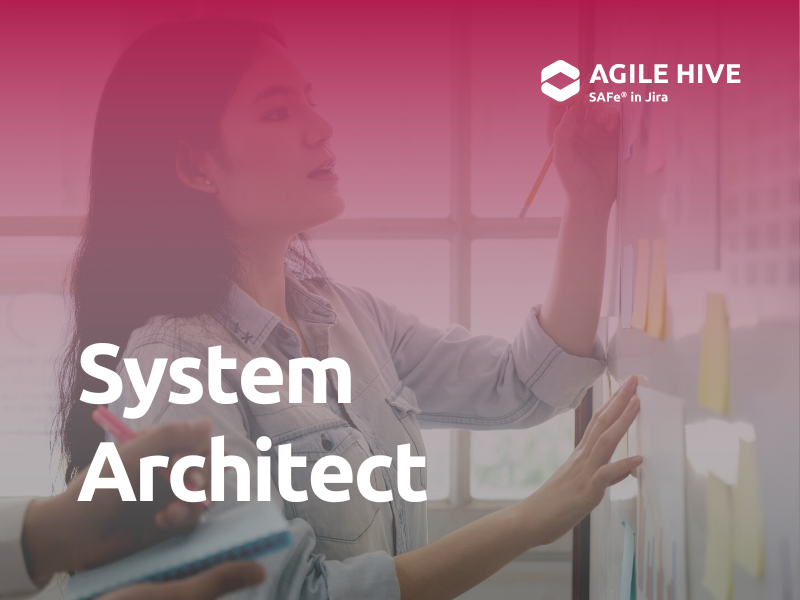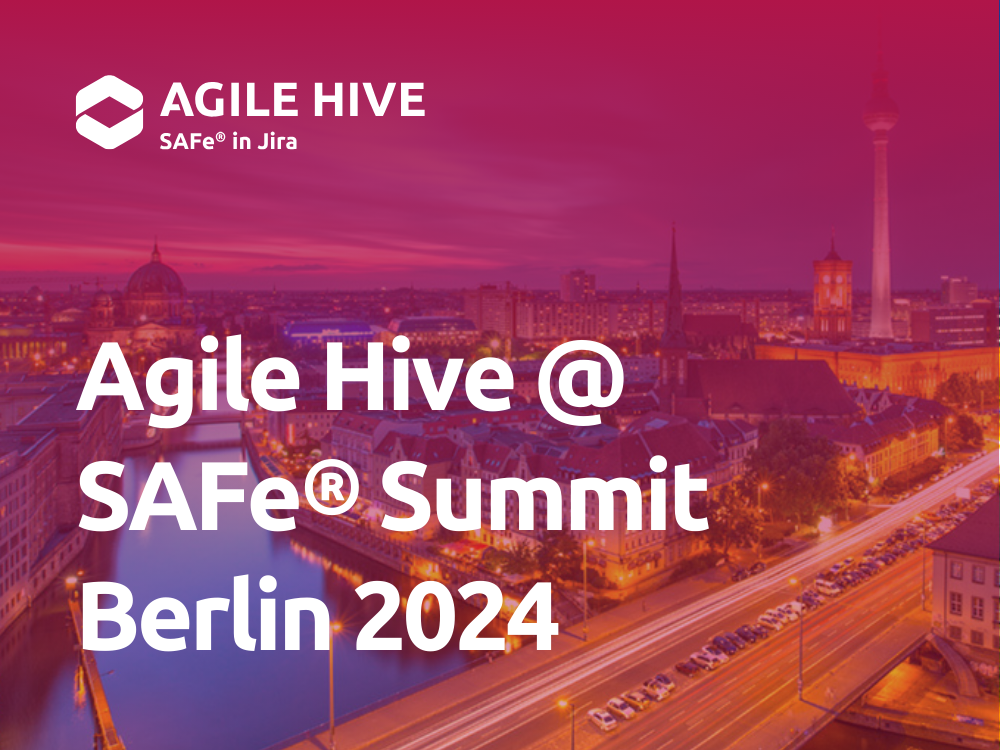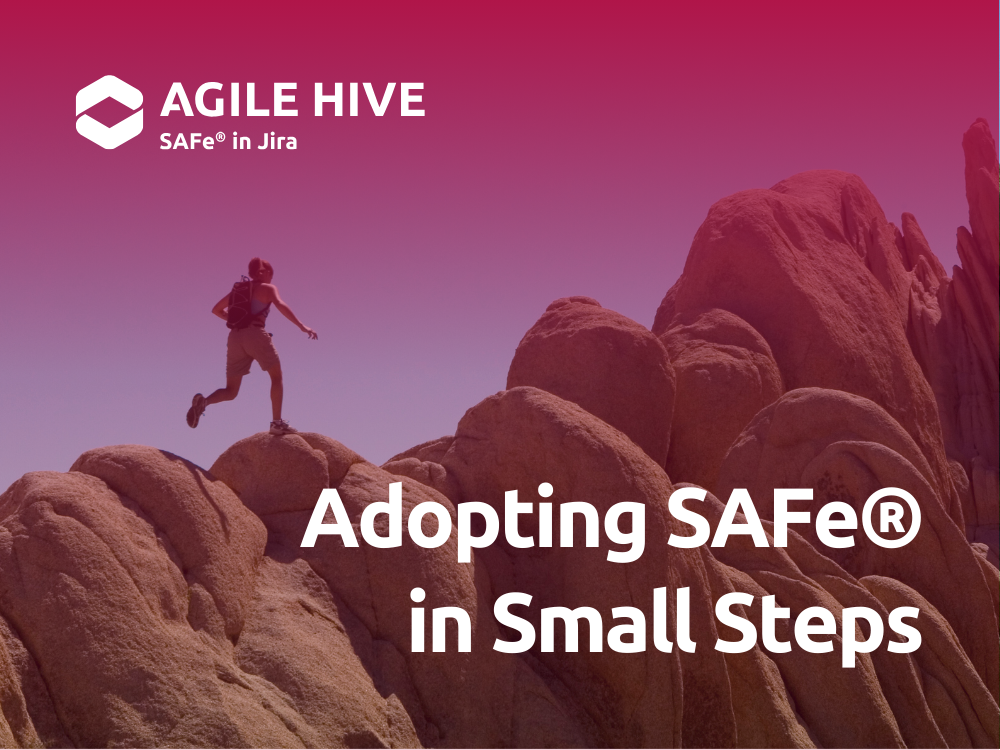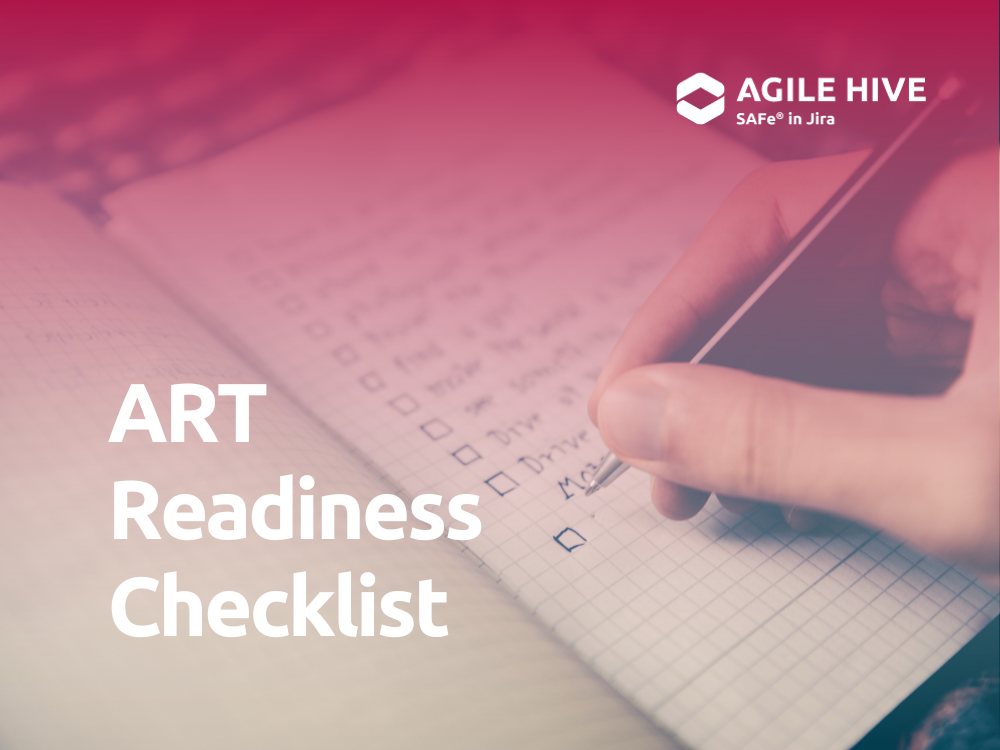We take many journeys in life, be they in the physical realm, or in our lives both professionally and personally, spiritually, intellectually, the list goes on. Regardless of the type of journey, typically there is a path we’re attempting to follow. We may not have each step of this journey mapped out completely step for step, but we can often sense when we’re not “on track”.
It can be slightly more difficult to determine the status of our journey when the territory is completely unknown to us. In the physical world, we’d rely on a map or GPS to navigate the unknown. Personally, spiritually, or intellectually we might turn to a family member, trusted friend or colleague. In our professional capacities, we can dive deep into online resources such as white papers, websites, or user forums, or we could seek the advice of consultants. In either of those instances, it can be an unnerving process knowing that most likely, time and resources are on the line.
For those involved in organizational shifts, shifts where many individuals or many teams within the organization are being asked essentially to change the way they do business on a daily basis, “unnerving” probably doesn’t cover it. In this article, we’ll be discussing when an organization has undertaken the transformation to Scaled Agile Framework (SAFe®) and specifically how Agile Hive can not just enable, but empower this process each step of the way.
Why SAFe®
First released back in 2011, SAFe® allows each organization its own unique implementation and configuration of the combined benefits of Agile, Lean, and DevOps frameworks. SAFe® has been relentlessly improved over the years and in March 2023, the latest iteration, SAFe® 6.0, was released with an in-depth rework and modernization.
Dean Leffingwell and Drew Jemilo, creators of SAFe®, worked to develop a framework that, regardless of the specific methodology, would lay the groundwork as a set of principles, processes, and best practices that allows larger organizations to adopt agile methodologies. This includes everything from Lean, Kanban to Scrum, accommodating the development and delivery of high-quality products and services at a faster rate.
More than 1,000,000 users across 20,000 organizations have embraced SAFe® and made it the #1 framework of choice for implementing Agile within organizations. The present-day version is built around the Seven Core Competencies;
- Lean-Agile Leadership
- Team and Technical Agility
- Agile Product Delivery
- Enterprise Solution Delivery
- Lean Portfolio Management
- Organizational Agility
- Continuous Learning Culture

Sounds interesting if not inspiring right? Yes, it truly is. However, one of the primary stumbling blocks many have faced in their respective SAFe® journeys involves the tools to which they have become accustomed, if not dependent upon, within their organizations. A key issue being that these tools aren’t calibrated to properly function within the nuances of a scaled agile framework. The tools we are speaking of are Confluence and more specifically Jira.
Getting Off Course
First, we’d like to clarify that previous paragraph. Atlassian’s Confluence and Jira are powerful tools, essential to thousands upon thousands of businesses around the world. We know that Jira is the leading agile software development tool. The ability to work collaboratively on everything from wikis, to corporate documentation and communication, to tracking projects and processes, makes this duo a prerequisite in many businesses.
However when moving to the SAFe® methodology it comes with a number of limitations. While working in Jira on a team level is great, at the ART level, SAFe® needs to use the artifacts Features and Enablers. Features provide substance or noticeable value to the user. Enablers lay the groundwork for extending future business and feature functionality.
Jira uses Initiatives at the top of the issue hierarchy. Often, Jira Epics are then used as Features. Enablers are not supported natively; one would need to create a new issue type “Enabler”. This has several disadvantages, for example, the SAFe® nomenclature does not exist within Jira. Second, important SAFe® artifacts are missing. As a result, hierarchical linking is limited. Large organizations using SAFe® rely on a strong hierarchical context in order to foster alignment throughout the enterprise from strategy to execution. Jira’s structure of stories, epics, initiatives, and Jira-projects just is not enough.
Back On Track
“When one eye is fixed upon your destination,
there is only one eye left with which to find the Way.“
Original author anonymous, attributed to “Zen in the Martial Arts” by Joe Hyams
The quote above has been shared, primarily among members of the martial arts community, for decades. Simply put, when a young student becomes so focused on an end result, in this case becoming a martial arts master, the journey actually takes longer because they lose focus on the daily work needed to get there.
In a similar fashion, teams and organizations seeking to transition to a scaled agile framework, can often find themselves mired in frustration and delays by not embracing the proper tools to get them there. They know WHERE they want to go, but not HOW to get there.
Developed in conjunction with Germany’s leading SAFe® experts and early adopters, KEGON, Agile Hive uses a strong interaction between Jira and Confluence, automating work when possible and providing valuable references such as Epic Hypotheses, Lean Business Cases, or PI Planning checklists in order to make SAFe® happen without having to jump between several tools.
Planning Interval (PI) planning must be in place to truly implement SAFe®. This and other ART-level events serve as the basis for the Agile Release Train (ART), aligning teams on the vision and goals and the steps to get there. Agile Hive provides preconfigured projects for all four SAFe levels; Team, Agile Release Train, Solution, and Portfolio.

Know Where To Turn
As we noted, PI Planning is the key event at the Enterprise level when working within SAFe®. The event follows the PI cadence, where the Release Train Engineer (RTE), acting as sort of scrum master for the entire ART, facilitates the event.
According to SAFe®, the two-day PI Planning consists of the following agenda items:
There are many benefits to an organization’s bottom line that result from a properly executed PI Planning such as pairing demand to actual capacity, identifying dependencies across teams, aligning development to business goals, and in particular building the foundation for effective social interaction and communication between individuals, within teams, and between teams.
Agile Hive’s built-in integration with Atlassian tools allows teams to prepare the entire event within Confluence and integrate the finished agenda in Jira thanks to the help of customizable templates and checklists. This allows for increased levels of communication, collaboration, and transparency. Iterations can be planned, features can be broken down into stories, and story points assigned. Dependencies and risks can be displayed and updated in realtime. This just scratches the surface of Agile Hive’s capabilities just in regards to PI Planning alone.
Welcome SAFe® 6.0!
“Work Differently. Build the Future” – this is the new tagline for Scaled Agile Framework and we think it speaks perfectly to the extensive work that’s gone into SAFe® 6.0. The Enterprises of today are overrun trying to keep pace with the ever constant change. It’s no longer the case that only some teams can adopt and work under Lean-Agile practices, it needs to be the organization as a whole.
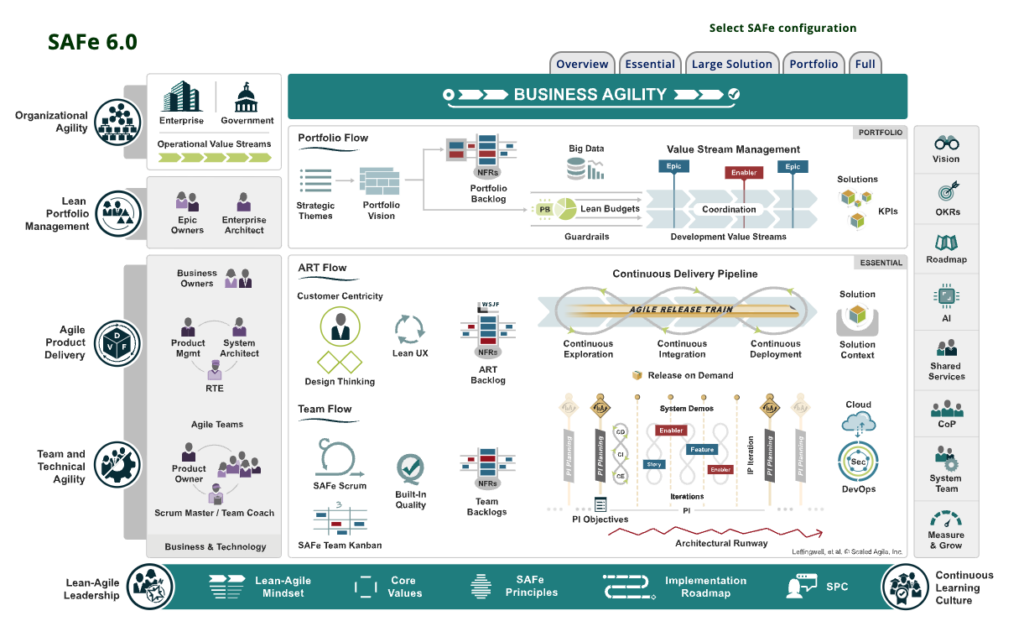
“SAFe has become the world standard for enterprises to achieve business agility at scale. We take this responsibility seriously, continually investing in evolving SAFe to support and enable the latest technology and business trends. These new releases represent a significant advance in how enterprises integrate SAFe practices in day-to-day work, make the change stick, and achieve the benefits of true business agility.“
Chris James | CEO Scaled Agile
To read more about the changes that come with SAFe 6.0, head on over to our article “SAFe® 6.0 Is Upon Us – What’s New?”
Navigate On Over
To learn more about a software-supported implementation of SAFe®, and specifically how Agile Hive can get you there, we would be happy to discuss your requirements for enterprise-wide agile product development and product management with you.
Seibert Media, developer of Agile Hive, is a certified Scaled Agile Platform Partner. This status is awarded exclusively by Scaled Agile, Inc., which develops SAFe®. Therefore, Seibert Media is officially accredited and part of the worldwide SAFe® partner network from which the further development of the product Agile Hive benefits.
And now, Agile Hive is available in Jira Cloud. We’d love to tell you more about it!
Get in touch with us today and let us demonstrate how it works in a personal session.
Further Reading
SAFe® – The Pros and Cons for Scaling Agile
Release Train Engineers – Empowered for Greatness with Agile Hive
SAFe® 6.0 Is Upon Us – What’s New?
Agile Hive Implementation Project
In Focus: Who or What is the LACE?
SAFe with Atlassian tools: Agile Hive is a Scaled Agile Platform Partner




